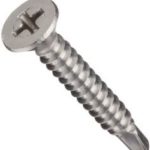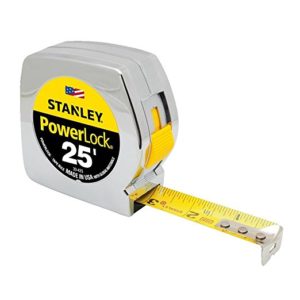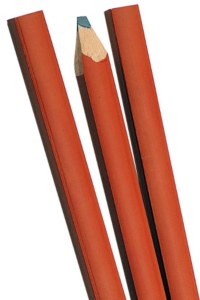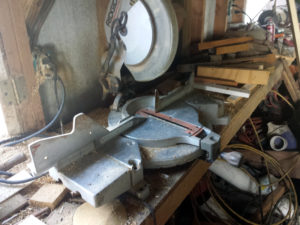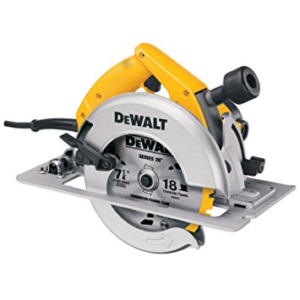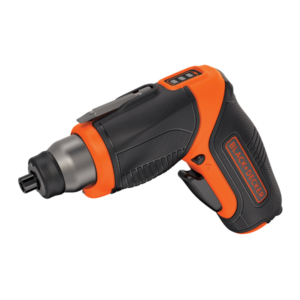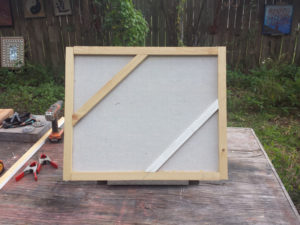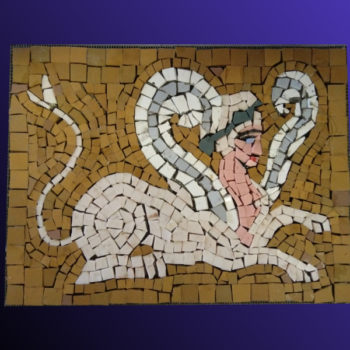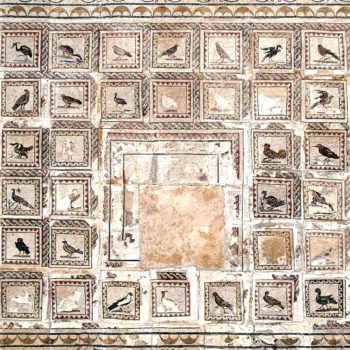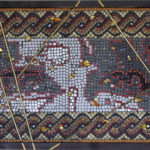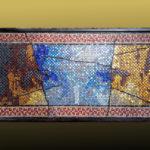A Framed Cement Board for a lasting Mosaic
Your mosaic will only last as long as the support you mount it to. The Romans knew how to build mosaic durably, they set them on very heavy substrates and this is why we are still enjoying their wonderful creations. Many modern mosaics are mounted on plywood, a material easily cut and shaped. However, because wood can warp and deteriorate with humidity professional mosaics are not mounted on wood. I mount most of my pieces on a framed cement board. I build these by framing a piece of construction cement backing board with wood. This is very similar to the framed canvas used by most painters.
This technique, which I describe below, allows for lightweight and resistant boards.
Material needed to build a framed cement board
- 1/4″ Hardie backer cement board (or equivalent) These boards are normally used as backing materials for tiling on top of wooden floors or sheetrock walls.

- 1 x 2″ wood boards – Yellow pine is perfect. if your mosaic is mounted outdoors, use treated lumber.
- Wood glue (Use good quality exterior glue)

Exterior Wood Glue
- 5/8″ flathead self threading screws.
You will find all those materials at your local Home Improvement store. In America I shop at Lowes or Home Depot, in France Leroy Merlin or Mr Bricolage are my preferred sources.
- Miter or hand saw
- Circular saw with diamond blade
- Cordless electric screwdriver
Once you have measured your mosaic, create a support 1/4″ (6 mm) bigger in each dimension. If your mosaic measures 20 x 30 inch, your board should be 20.25 x 30.25 inch.
Cut your wood boards to fit these dimensions. I always cut the smaller boards at their nominal length, but you have to cut the longer board shorter by 2 times the width of the boards : If you are using 1 x 2 inch boards, (which actually measure 0.75 x 1.5 inch – Welcome to America), you will cut 2 boards at 20.25 inch and 2 boards at 27.25 inch (30.25 – 2 x 1.5 = 27.25). You will adjust based on the actual dimensions of your mosaic and boards …
If your mosaic is bigger than 3 square foot, I recommend to use additional boards as I did on this frame.
Once all your cuts are made, assemble the wood and cement board with wood glue and screws (Watch the video below), let the glue set, et voila, your framed cement board is ready to mount your mosaic. Be careful to adjust the torque of your screwdriver to the minimum needed to insert the screws without going through the board itself, which could result in breaking the board close to the angles. If this happened to you, simply remove the screw, add a little glue between the board and the wood, set the broken piece back in place and press it against the wood with a clamp. The glue usually sets in less than 2 hours. Do not use it if the temperature is below freezing.
Notes on Materials
- Cement board : 1/4″ Hardiebacker is the best board easily found in the US. In Europe, I use Wedi Boards, made of one layer of styrofoam sandwiched between 2 coats of fiberglass mesh impregnated with acrylic cement. They are stronger and lighter than Hardiebackers but more expensive and difficult to procure in the US.
- Wood boards : I use 1 x 2″ yellow pine for most of my mosaics. To frame bigger mosaics, I use heavier lumber (1×3, 1×4 or even 2×2) and I add diagonal braces. If your mosaic is installed outdoor, you should use treated lumber.
- Wood Glue : Always use exterior glue. The wood glue creates a very strong bond between concrete and wood, which is what we are trying to achieve.
- Plywood : You can use this technique to build a framed plywood board. Have your local DIY store cut the plywood for you and frame it in the same manner.
Notes on the Process
- Cutting the cement board : If you do not have a circular saw, you can use a scorer to mark and snap the Hardie board. This method recommended by the manufacturer does not generate any dust. But you will need to clean up the edges because they won’t be even.
- Power tools Safety : Wood cutting blades are dangerous. Keep you fingers away from them. Do not temper with guards. Remember also that because a diamond blade is not a saw blade but a sort of grinding wheel, it has no cutting edge and therefore is much less dangerous than a regular wood blade. However, be very respectful of the miter saw.
- Protective gear : use safety glasses when you cut wooden or cement boards. Cutting the cement board will generate much cement dust. If you do this indoor, you should probably wear a dust mask.

